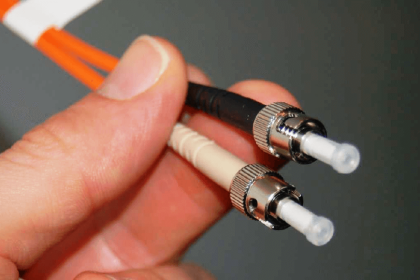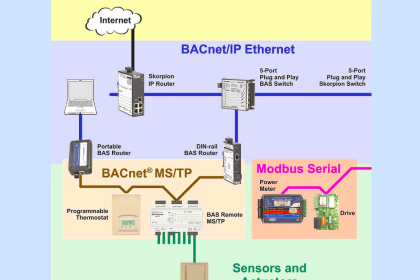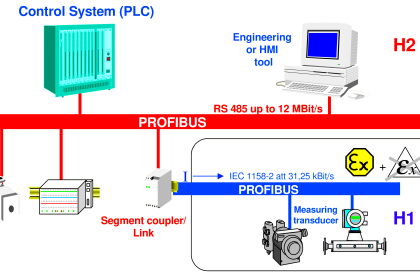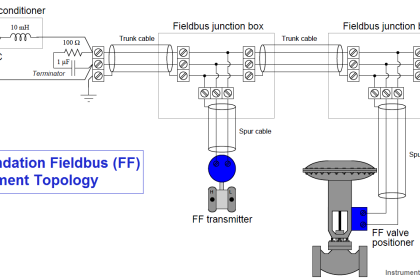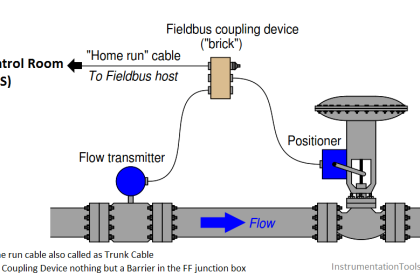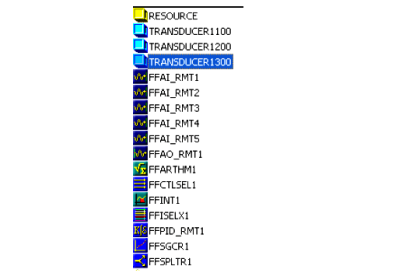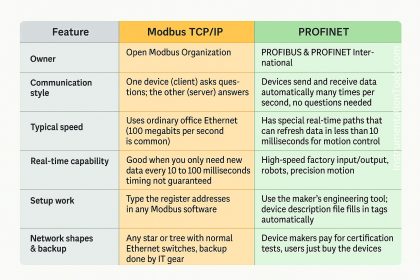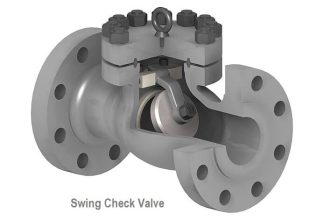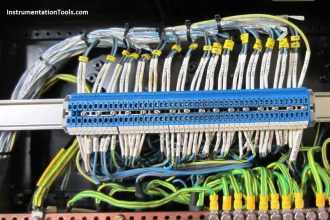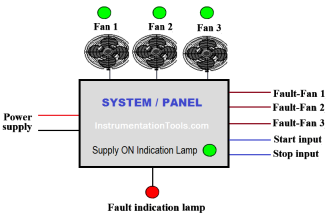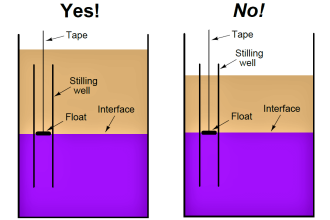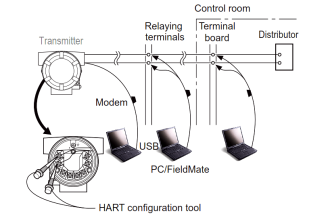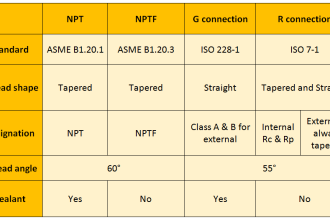When you are communicating data, it is necessary that it is delivered in a scheduled time frame, appropriate speed, and required data size. In this matter, all these three are very important parameters.
Most engineers get confused as to how exactly to determine which method to choose for communication. This is because every method has its advantages and disadvantages. But briefly, it is categorized in this form as cyclic and acyclic communication.
Cyclic communication involves regular, scheduled data exchange, ideal for real-time control. Acyclic communication is irregular, on-demand data transfer, used for specific requests or configurations.
They both are important for determining which type of methods to choose for communication. In this post, we will see the difference between cyclic and acyclic communication.
What is Cyclic Communication?
Communication means exchanging data, be it transmission or reception. If data is communicated in every fixed interval, without any lag or latency, then it is cyclic communication. It means data is updated continuously and at a predetermined schedule.
This ensures both parties that data is exchanged on time. So, cyclic communication majorly focuses on time schedules. This means that even if the data is received slowly, then it does not matter. It concerns whether the data will be received or not in time.
In critical systems, if data is not received on time, then the process will be disrupted. It can cause harsh consequences. Data speed is usually slower in cyclic communication. This is because the sender party will take time to ensure that the receiver party has the data.
When the receiver has acknowledged it, then only the next data will be sent. Otherwise, an error will be generated that the data has not been received on time. This is also one of the reasons why cyclic data have the highest priority in communication.
An example of cyclic communication is when a VFD sends frequency data to PLC. This is sent continuously and in fixed intervals.

What is Acyclic Communication?
As the name implies, data is not exchanged in cycles in this type. If data is not communicated in every fixed interval, even if some lag or latency occurs, then it is acyclic communication. Here, data is not updated continuously.
Here, time is not important. What matters is that whenever a demand is generated for large or small data, that same size must be received. Then be it waiting for some time or if it is received quickly; data transfer is important. This shows that acyclic communication does not guarantee the exchange of data, because no error is generated.
Data speed can be slow or fast in this communication. Because there is no acknowledgment, data exchange security remains a vulnerable issue in this type. But, one major advantage is that you can transmit any size of data, without worrying about time.
Also, the speed of data transfer is in your hands. So, you have a large amount of control in this type. An example of acyclic communication is when a VFD parameter is updated by the PLC.
Difference between cyclic and acyclic communication
- Cyclic communication is more reliable and efficient than acyclic communication.
- Data security is higher and safer in cyclic than acyclic communication.
- Data speed and size can be easily managed in acyclic rather than cyclic communication.
- Cyclic data is used where data integrity, synchronization, and criticality are important. Acyclic data is used for data transfer, and where a large number of devices are present.
| Cyclic Communication | Acyclic Communication |
|---|---|
| A type of communication where data is exchanged at regular, predetermined intervals. | Communication where data is exchanged on an as-needed basis, without a regular schedule. |
| Highly predictable and occurs in a continuous, repetitive cycle. | Occurs irregularly, initiated as per demand or request. |
| Typically controlled by a master device in a network that dictates the timing of data exchange. | Initiated by either the master or slave devices, depending on the system’s need. |
| Focuses on real-time data exchange, ideal for monitoring and control applications. | Used for non-time-critical data exchange, such as configuration or diagnostic information. |
| Highly efficient for real-time applications where regular updates are crucial. | More flexible, can be more efficient for systems where data doesn’t need constant updating. |
| Used in PLCs for process control, real-time monitoring systems in industrial automation. | Device parameterization, network diagnostics, and on-demand information retrieval. |
| Can lead to predictable network load and easier network management. | Network load varies based on the demand for data exchange. |
| Data has a consistent priority and timing. | Priority can be varied; some requests may have higher priority over others. |
If you liked this article, then please subscribe to our YouTube Channel for PLC and SCADA video tutorials.
You can also follow us on Facebook and Twitter to receive daily updates.
Read Next:
- Basics for CAN Bus Protocol
- Industrial Automation Protocols
- Fieldbus Transmitters Calibration
- Why Fiber Optic Cable is Spliced?
- AS-interface and DeviceNet Protocol
